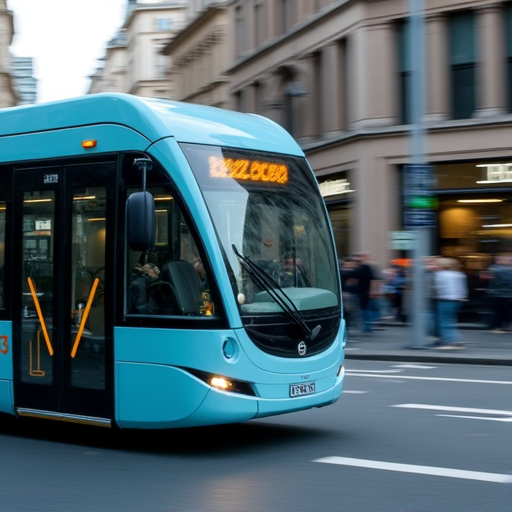
Smart Mobility Cities: The Future of Urban Transit in 2025
As urban populations continue to grow, cities worldwide are turning to smart mobility solutions to address congestion, reduce emissions, and enhance the efficiency of public transit. By 2025, innovations such as AI-powered buses, dynamic road pricing, and micro-mobility hubs are set to revolutionize urban travel.
AI-Powered Buses
AI-powered buses are at the forefront of this transformation. These vehicles leverage advanced algorithms to optimize routes in real-time, reducing delays and improving passenger experiences. For instance, AI can predict traffic patterns and adjust schedules dynamically, ensuring smoother commutes. Cities like Singapore and Barcelona have already piloted such systems, reporting significant improvements in punctuality and ridership.
Dynamic Road Pricing
Dynamic road pricing is another game-changer. By adjusting tolls based on real-time traffic conditions, cities can discourage peak-hour driving and incentivize the use of public transport. London and Stockholm have successfully implemented this model, leading to a noticeable drop in congestion and pollution levels.
Micro-Mobility Hubs
Micro-mobility hubs, which integrate bikes, scooters, and ride-sharing services, are becoming essential for last-mile connectivity. These hubs, often located near transit stations, provide seamless transitions between different modes of transport. Cities like Amsterdam and Portland are leading the way, with hubs that reduce reliance on private cars and promote sustainable travel.
The integration of these technologies is not without challenges, including infrastructure costs and data privacy concerns. However, the potential benefits—such as reduced emissions, lower traffic fatalities, and improved quality of life—make smart mobility a cornerstone of future urban planning.
